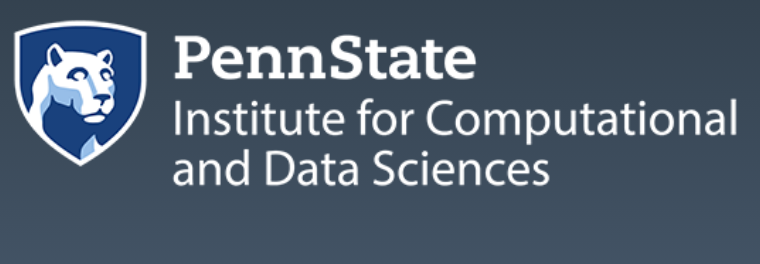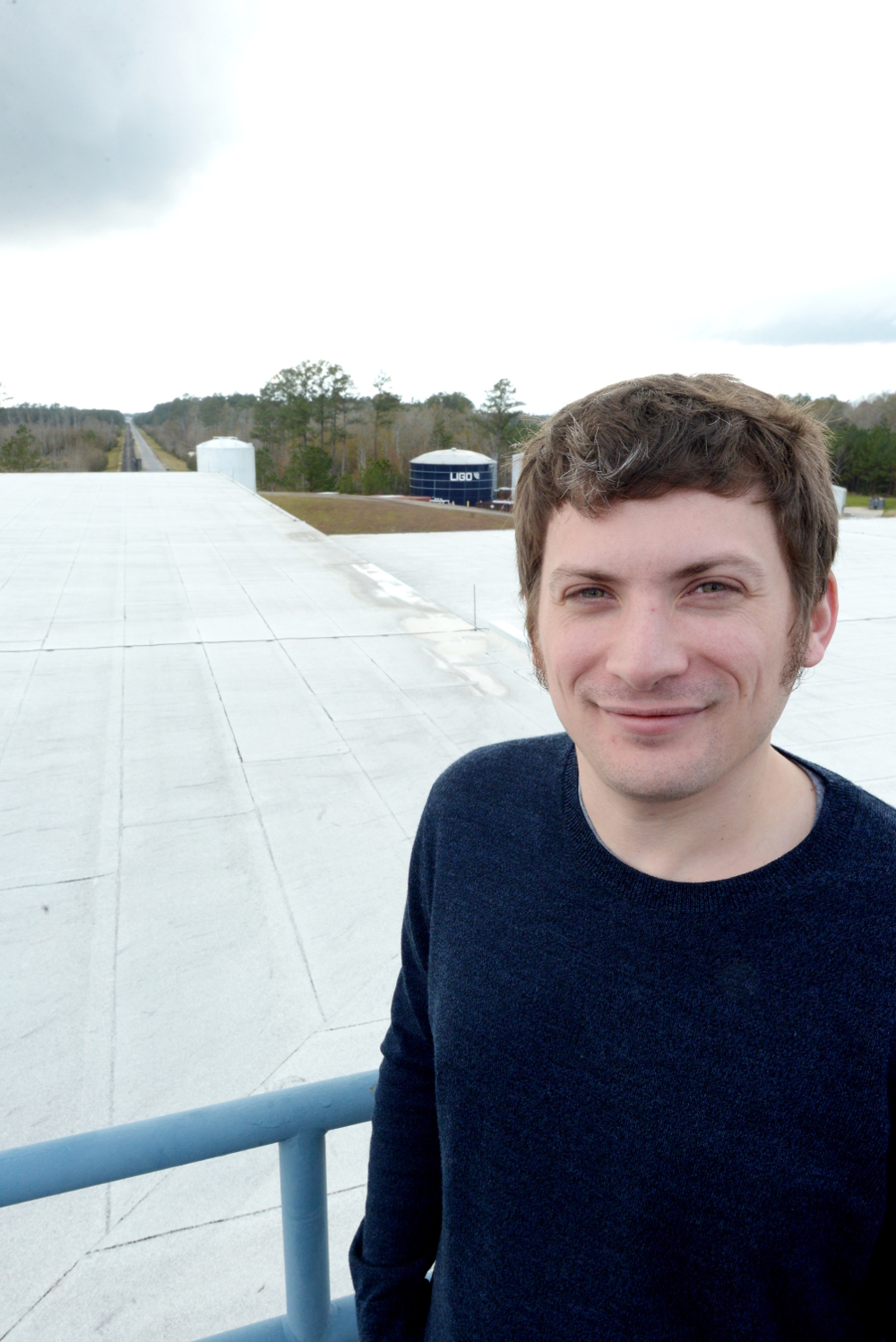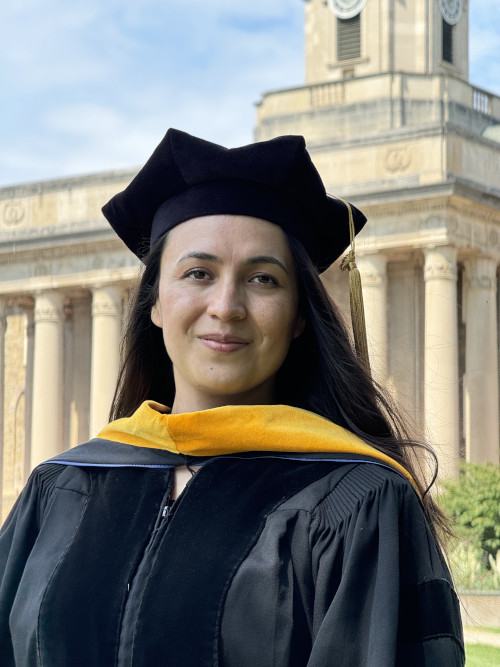
The pace of scientific discovery and the dissemination of scientific knowledge are increasingly being driven by computation through modeling, data science, and digital communication platforms. Not all researchers are equally positioned to leverage this computational revolution due to having inadequate expertise in their groups or insufficient funding to hire computational experts into full time positions. Penn State is working to ensure that researchers and educators across the 24-campus Penn State system have access to the cutting-edge cyberinfrastructure and computational expertise that they need to conduct the highest quality research and education. Penn State’s approach is to build a team of cyberinfrastructure facilitators who are shared across investigators and who consult on projects at various scales to bring shared knowledge and the best-practices of modern computational techniques and tools to the broadest possible Penn State community. These facilitators, known as the “Research Innovation with Scientists and Engineers” (RISE) team, are experts in databases, visualization, code optimization, application development, web services, and cloud computing. They have broad knowledge of research cyberinfrastructure and are able to architect, design, and develop new cyberinfrastructure. They will also have deep knowledge of various scientific domains and will enable computational discovery. Investing in such a team will pay substantial dividends through increased productivity of faculty, more efficient use of research and education funding, and ultimately new discoveries across a broad swath of scientific domains including Physics, Astronomy, Bioinformatics, Chemistry, Energy, and Climate Modeling.
This proposal aims to fund a cyber-team for Research Innovation with Scientists and Engineers (RISE) who will partner with campus-level CI experts, domain scientists, research groups, and educators to drive new approaches that support scientific discovery across the state-wide Pennsylvania State University system including 24 campuses serving more than 100,000 students. The RISE team will directly facilitate the usage and creation of research cyberinfrastructure across domains including Astronomy, Biology, Chemistry, Meteorology, Physics and more through consulting and providing direct services to faculty. The RISE team will partner with the Open Science Grid to establish Penn State as an OSG site, develop replica-exchange molecular dynamics software, apply machine learning to molecular biophysics, build digital signal processing software for radio astronomy, collaborate on feature development and testing with HTCondor, onboard new climate modeling tools and software in a sustainable and maintainable ecosystem, develop a gene sequencing management platform, deploy and maintain infrastructure to support real-time gravitational wave analysis with LIGO, and build a science gateway for stellar astrophysics simulations. Through the RISE team’s shared knowledge, they will elevate the productivity of researchers who use and develop cyberinfrastructure allowing them to accomplish far more than they could in isolation. In order to broaden participation, the investigators will develop a seed grant program whereby faculty can apply to receive extended engagement with the RISE team where members would be embedded into research groups. RISE members will also regularly conduct training workshops and seminars in response to the needs of faculty across all Penn State campuses. Participation broadening and coordination activities will involve regular travel among the branch campuses by RISE team members and project investigators.


